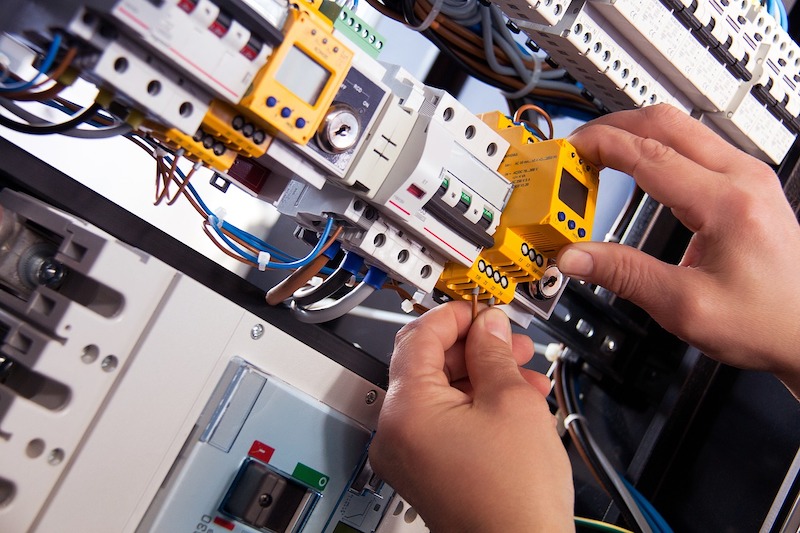Electric panel capacity in most homes could be a roadblock to widespread electrification unless panel sizing is addressed in updated building and energy codes and targeted incentive programs, according to research by Pecan Street, Inc.
Electrification of homes that use natural gas and other combustion fuels is a critical step in achieving meaningful emissions cuts that will help to avoid the worst impacts of climate change, Pecan Street says. As many as 48 million single-family homes in the U.S. may need electric service panel upgrades before they can fully electrify.
The research organization estimates that more than half of the new homes being built today have electric panels that will not enable full home electrification. Electric panel upgrades are an expensive proposition for most homeowners, though.
Pecan Street advocates creating sliding incentives based on household income levels to spur electric panel upgrades. Most all-electric homes will require at least a 200 Amp electric service panel—a provision that should be added to building codes, the research organization says.
Related Stories
Codes and Standards | May 7, 2015
Several states moving to repeal prevailing wage laws
Anti-prevailing wage bills that apply to state-funded construction projects have been passed in West Virginia and Nevada. Similar laws could be passed in Indiana and Illinois.
Codes and Standards | May 7, 2015
New OSHA rule aimed at protecting construction workers in confined spaces
The agency says the rule will protect about 800 workers a year from serious injury.
Codes and Standards | May 1, 2015
Colorado House kills construction defects bill
The legislation would have made it harder for condo owners to sue builders.
Codes and Standards | May 1, 2015
New energy efficiency program, Tenant Star, gets OK from Congress
The voluntary program for commercial and government buildings is modeled after Energy Star.
Smart Buildings | May 1, 2015
FEMA to require states to evaluate risks posed by climate change
The aim is for states to do a better job planning for natural disasters they are likely to face in a warming world.
Codes and Standards | May 1, 2015
Department of Energy asks for feedback on cost-effectiveness of building energy codes
DOE’s RFI wants input on how to improve methodology on cost assessment.
Codes and Standards | Apr 22, 2015
New York State renews design-build authority
Five state agencies are allowed to use design-build on certain projects.
Codes and Standards | Apr 22, 2015
OSHA’s estimated cost of silica rule said to underestimate impact by $4.5 billion annually
The coalition says that OSHA’s flawed cost estimates point to flaws in the rule, and has urged the federal agency to reconsider its approach.
Codes and Standards | Apr 22, 2015
2016 Seismic Provisions for Structural Steel Buildings draft available for public review
The comment period is open until May 29.
Codes and Standards | Apr 22, 2015
GBCI renamed Green Business Certification Inc.
The name change reflects the organization’s expanded certification and credentialing services.















